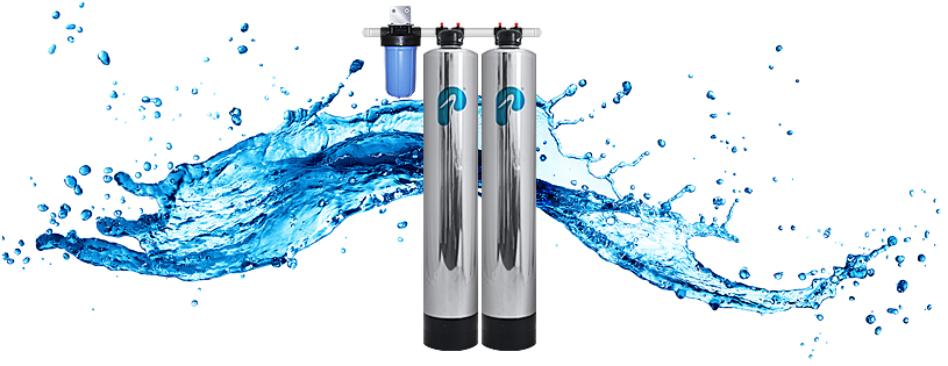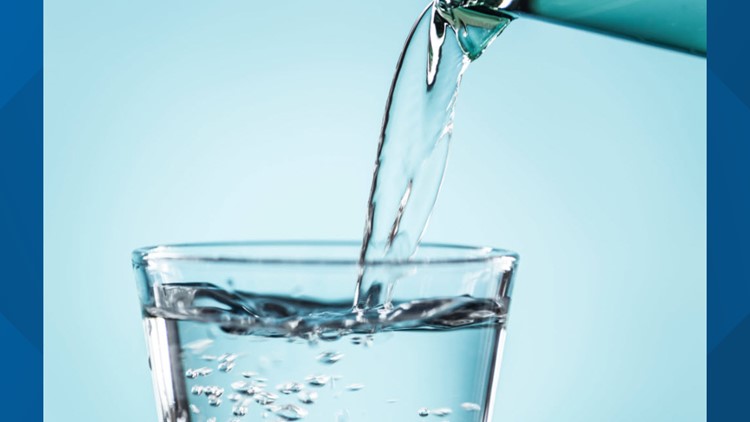The Development of Solar Hot Water Systems

HVAC design engineers have used pressurized glycol systems for decades to transfer heat from boilers to the load. This method is the standard for hydronic heating systems and many industrial heat transfer tasks. Naturally, they applied this design to solar systems, treating the collectors as the boiler and the tank as the receiver. If you walk into most professional engineering firms and ask them to design you a hydronic heating system OR a solar system, they will grab their manuals that show how to assemble a pressurized glycol loop.
Since it is too expensive to fill the solar storage tank with a glycol solution, the heat is transferred from the collector loop into the tank through a heat exchanger. The collector fluid goes through one side of the exchanger and the tank water goes through the other side. There are two pumps, one on each side of the exchanger, and controls to turn the pumps on. Glycol loops are "charged" all the time. This is good. They remain ready to run whenever the pump kicks in. When such a system is installed, coin vents (can turn the screw with a dime) are installed at all the high points where air can accumulate and vapor lock the system. The startup procedure is to fill and pressurize the lines (maybe 15 psi) and go around to all the coin vents and burp the air out. Over the years, people have invented clever coin vents that when dry will leak air and when wet will seal. That way you don't have to go to each one to burp it, it will do so by itself. It is like the rope caulking used in boat hulls for thousands of years. As long as the boat stays in the water, all is fine. If you take it out and let the caulking dry out, it will leak until the caulking gets soaked again. There are many other kinds of automatic air vents, some based on the float system seen in toilets. Safety also requires a pop-off valve near the boiler (i.e. collectors) to relieve pressure in case the boiler controls go haywire. A glycol-water mix is a great solvent for shingles and plastics, including tile floors. So the pop-off valves must have a pipe running to a drain to contain the liquid in the event of a failure.
Since pressure goes up and down with temperature, a clever system was devised to maintain a nominal pressure in the loop. A tank, called an expansion tank, is installed in a tee in the line. The expansion tank has a rubber membrane running across the middle. The system fluid fills up one side and air fills the other side. The fluid in the system can expand and contract with temperature into the expansion tank, and the air bladder will keep the pressure within a specified range. The air pressure is set with an air hose and tire inflator, just like a car tire. A chart is used to determine the correct pressure according to the temperature of the system at the time. However, expansion tanks have a lifetime. The rubber (or neoprene, or whatever) bladder will someday crack from flexing as it ages and the expansion and pressure regulation benefits of the tank are lost. The system will usually vapor lock somewhere and the whole startup procedure has to be repeated.
Unfortunately, solar hot water systems don't like to play by the rules. They are not well-behaved. Typical HVAC glycol systems do not go through the extreme temperatures that solar collectors do. A boiler heating loop may have a maximum temperature of 140-160ºF. It never gets colder than room temperature inside a building, so the maximum temperature swing from summer to winter may be 90ºF (70-160ºF).
A solar hot water system, on the other hand, has the "boiler" sitting outside in the weather. It is always off at night where there is no sun. In the winter, the temperature may go down to -40ºF (Willmar, MN). Even in the mountains of NC, winter evening temperatures can go well below zero. A solar hot water system can have a maximum temperature swing as high as 260ºF (-40-220), or almost three times what a typical boiler system sees. In the summer time, the solar hot water system will see its maximum temperature, which varies according to the application. The most extreme case occurs when there is a very hot day with high solar radiation, and there is little need for the hot water. This can occur randomly on weekends, or summer vacations, and especially on space heating systems that sit idle all summer. When this scenario happens, the heat from the collectors is not needed and the temperature builds up until the boiling point is reached.
This same problem can occur if there is a power failure and the pump stops. At this point, a glycol system is in big trouble. If it gets to the boiling point, it will blow the pop-off valve. This drops the pressure in the system. The next night, there will be vacuum in the lines and the air vents will leak air in, vapor locking the system. The next day the hot glycol solution has air in it. A chemical reaction occurs with the oxygen that breaks the glycol into fatty acids, which can clog and eat the pipes if the situation is not corrected promptly. This scenario is not self-correcting. The system stops working, compounding the problem, and needs to be attended to. This is a progressive failure mode. The pump should never stop running during the day on a glycol system in warm weather. To avoid the over temperature problem, large glycol systems have additional equipment installed to dump excess heat. It usually consists of a big fan coil unit in the collector loop that kicks in when the temperature gets too high and dumps the heat to the outside world. The components include temperature controls, bypass valves, fans, and pumps. The added complexity just adds more failure modes. Heat dump systems cannot overcome power failures, unless you add a back up generator, which can have its own failure modes. At night in the winter when the collectors are cold, the cold glycol solution will try to circulate naturally down the supply line, creating a thermal convection loop. Some systems have even frozen the heat exchanger in this manner, causing rupture of the cold water line. A check valve must be installed in the collector supply line to prevent fluid from flowing backwards under cold conditions. https://www.watersystemsguide.com/
Choosing a Solar Hot Water System

Why Buy and Install a Solar Hot Water System?
Choosing to install a Solar Hot Water System is one of the best financial decisions you can make when it comes to upgrading your home or business, and reducing your energy use and cost.
As I write this article, world CO2 atmospheric levels top 396ppm, and Australians are looking at another major price rise in the retail cost of electricity in July.
In this article I discuss the different types of solar hot water systems (SHWSs) available, including flat plates, evacuated tubes and heat pumps, and the considerations you need to take into account in choosing the best one for you.
The banning of electric storage hot water systems throughout Australia during 2012 has made needing to know what systems are available, and which will best suit your home, more important than ever.
Every day your home or business keeps using that old electric storage hot water system, is another day that you don't benefit from the lower running costs, improved property value, and lower CO2 emissions, provided by a well designed and installed solar system. Subjects that I'm sure you will agree are becoming more and more important to us all.
Types of Solar Hot Water Systems:
Solar Hot Water Systems come in two main configurations, Close Coupled (tank on roof) or Split Systems (tank on the ground). I shall also discuss Heat Pumps which are seen by many as solar based technology.
Configuration Type 1
Close Coupled Systems
These offer lower running costs (excluding boosting) as they don't require any electricity to move the water from the collector to the storage tank, taking advantage of natural "thermosiphoning". The trade-off is a bulker unit with higher system weight on the roof. For example, a 300L storage tank holds 300kg of water + tank and collector weight.
Configuration Type 2:
Split Systems
Split Systems have the collector on the roof and the storage tank located somewhere else- normally on the ground. Split Systems require the use of solar pumps and controllers to monitor temperatures, and move water from the collector(s) to the storage tank. This does involve small amounts of energy being used -- normally around 28-60 watts per hour for up to 8+ hours a day.
Collector Type 1:
Flat Plates
The first widely available Solar Hot Water Systems in Australia were designed in Western Australia way back in 1953 by Solarhart, with their flat plate technology. This became the standard design for SHWSs for the next 40 years. Flat plates use a large collector surface to pick up the Sun's heat with water pipes embedded in the collector to transfer heat. The collector surface is protected by a sheet of glass or plastic that generally offers little to no insulation.